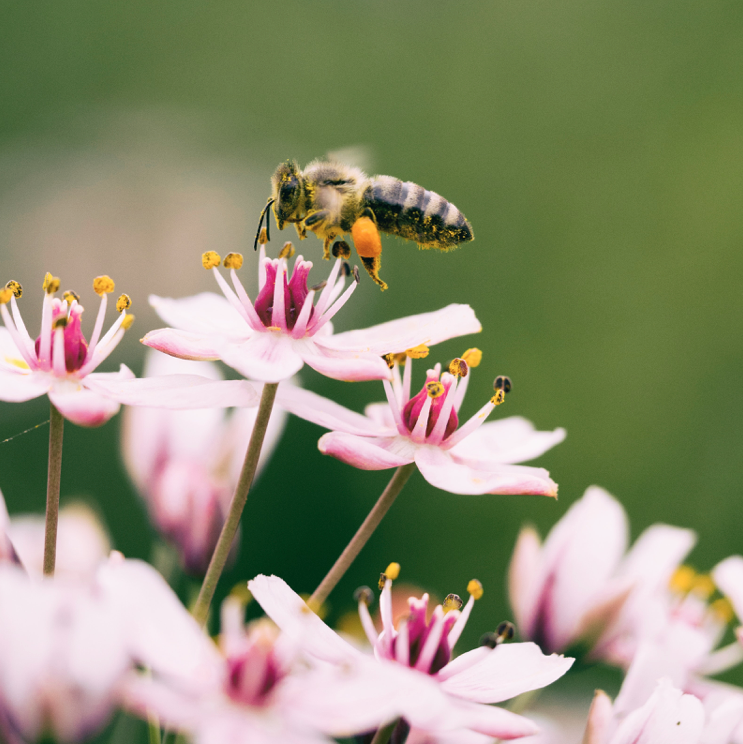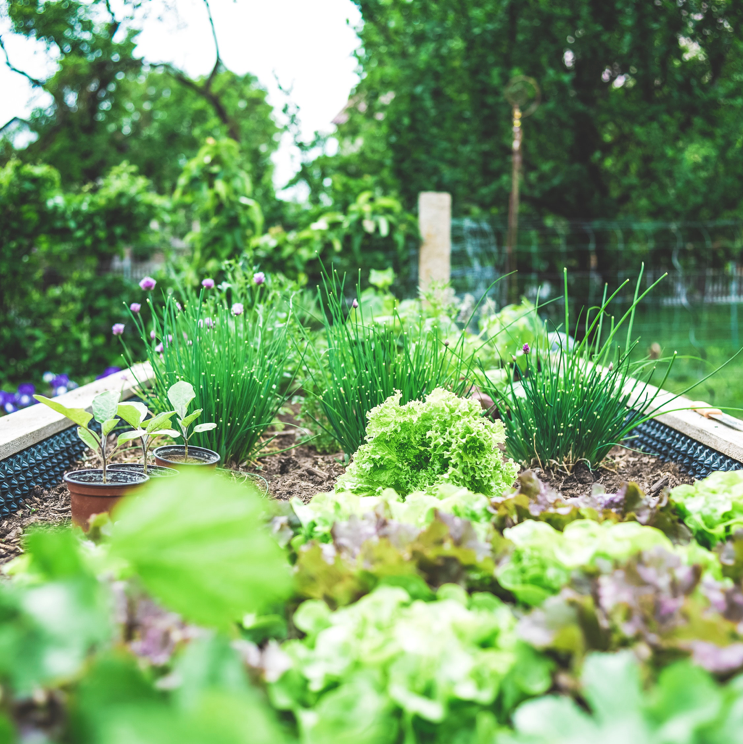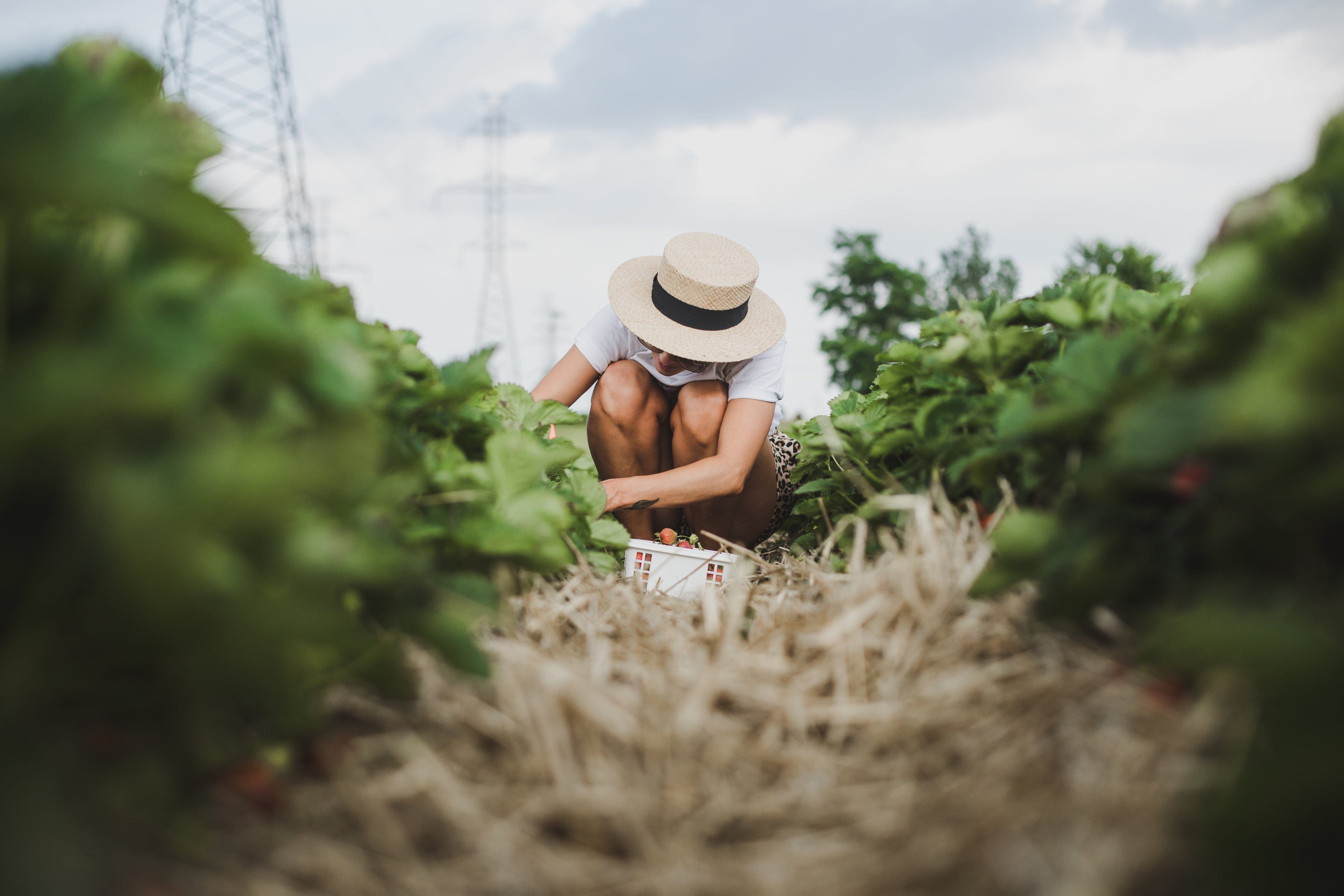
Planting for Bees

Honey flowers, poppies, jasmine, honeysuckle, agapanthus, daffodils, and dandelions, all have one very important thing in common: bees love them.
As the days begin to warm up and the first sweet blossoms of the coming summer bloom, it is not unnatural to see bees flitting from flower to flower, trapping pollen on their legs as they go. And if you read a lot of gardening news, if you are following gardening on social media, you’ve probably already seen that bees are in need of our assistance.
We can’t live without bees. They play a vital role in the production of our fruits and vegetables, and the very least we can do, to assist them, is to cultivate a garden that both attracts the bees, and supports them, especially as their natural environment slowly disappears.
There should be no surprise then that one of the growing trends in gardening, relates to planting a bee garden. And in this article, we’re sharing the information that you need, in order to create a garden like this of your own.
Growing a bee friendly garden
If every home had a garden, or at the very least a corner of a garden, dedicated just to bees, we would no longer have to worry about the future of these important insects. And it just so happens that a bee garden also attracts butterflies, so you’ll be lending a helping hand to two of nature’s most beautiful insects.
One of the other great things about growing a garden for bees is that when your garden starts flowering, it is going to be one of the most beautiful sights.
Imagine it. A garden filled with a delightful scent and a myriad of bright colours. While you can enjoy the sights and fragrances, local bees will be enjoying the nectar and pollen your new plants are providing them.
You don’t necessarily have to have the biggest open space to have a garden for bees. As long as you can plant a few of the right flowers, even if they are placed in pots, you can attract them. In fact, with the rise in popularity of pot plants, there is nothing stopping you from having a bee garden on your veranda or any other smaller space.

To get you started, with your container or open space bee garden, this is what you need to doing to get started:
1. Nectar and Pollen Plants Only
The most important thing to keep in mind when creating your bee garden, is that these kinds of gardens need to have plenty of plants capable of producing pollen and nectar and, ideally, these plants should flower throughout the spring and summer seasons.
For this reason, you need to make extra sure that when you select your plants, you know that they will be suitable. On this note, don’t buy a hybrid type plant, as these tend to not produce enough pollen to be suitable enough for bees.
2. Single Flowers are better than Bunches
Flowers that grow two or more heads are not going to produce enough pollen, and although they look beautiful, they are not going to be very helpful. Bushes of flowers, especially the kinds of flowers that grow closely together, can be difficult for the bees to get to.
Along with growing flowers, you can also leave your weeds for a little while longer than you usually would, allowing the weed to grow a flower. Often, these flowers are a great source of pollen.
3. Plant for all year round
Although you might see bees mostly in the summer months, if you create a good habitat for them, you might see them more often. Make sure that your bee garden has at least three types of flowers and that they bloom at different stages throughout the year.
4. Make your lawn a part of the garden
Allowing a corner of your lawn to turn into a meadow, by allowing the grass to grow long, is a great way to attract bees to your garden. This is very easy to do and to make it more attractive to look at, you can grow a mixture of flowers between the grass.
Another way to do this, without leaving part of your grass to grow wild all the time, is to cut your grass later than usual. This will give your grass time to grow pollen and it will give the bees time to collect it.
Alternatively, if you are gardening in pots only, why not dare to be different and grow some grass in a rectangular pot? It will become a striking feature and interesting talking point, while serving a very important purpose.

5. Leave the pesticides
Sometimes pesticides are the only way to keep plants safe from harmful insects. But even if your pesticide is organic, it runs the very real risk of killing bees. Rather use a different method to keep insects away from your plants, try plants for pest control or use specific pesticides, and even then, never spray it on the blossoms or petals.
The Best Flowers for Bees
It’s not only flowers that bees love. Herbs, tree blossoms, shrubs and even succulents are all beloved by bees, and even butterflies won’t be too shy to tuck in. These plants are all available in South Africa and with the right care, they can become just the thing for your bee garden.
- Alyssum – Though not indigenous to South Africa, Alyssum, or as we know it, Carpet of Snow, grows like a weed and loves the sunlight. It is the perfect ground cover, it is so easy to grow, and it flowers all year round.
- African Lavender – This aromatic plant needs no introduction. With its calming fragrance and beautiful flowers, the African lavender is easy to grow and light on water.
- Cape Forget Me Not – This vibrant blue flower is native to South Africa and much beloved for its easy adaptation to most soils.
- Jasmine – Another South Africa favourite that needs little introduction, the Jasmine plant grows in a creeper and starts flowering at the beginning of spring.
- Sunflowers, Marigolds and Cape Marguerite – All of these flowers grow throughout the year and can easily be added to your garden.
Bees also love strawberries, rocket, mint, sage and rosemary.

With a few changes and the addition of some of new flowering plants to your garden, container or not, can change your garden’s purpose from being something beautiful to look at to an eco-friendly haven for bees.
How about a bird and bee friendly garden, find out here how to attract birds to your garden
Interested in reading more, click on the below:
Now that you have learnt about the birds and bees, come get the perfect pots for your trees





Leave a comment
This site is protected by hCaptcha and the hCaptcha Privacy Policy and Terms of Service apply.